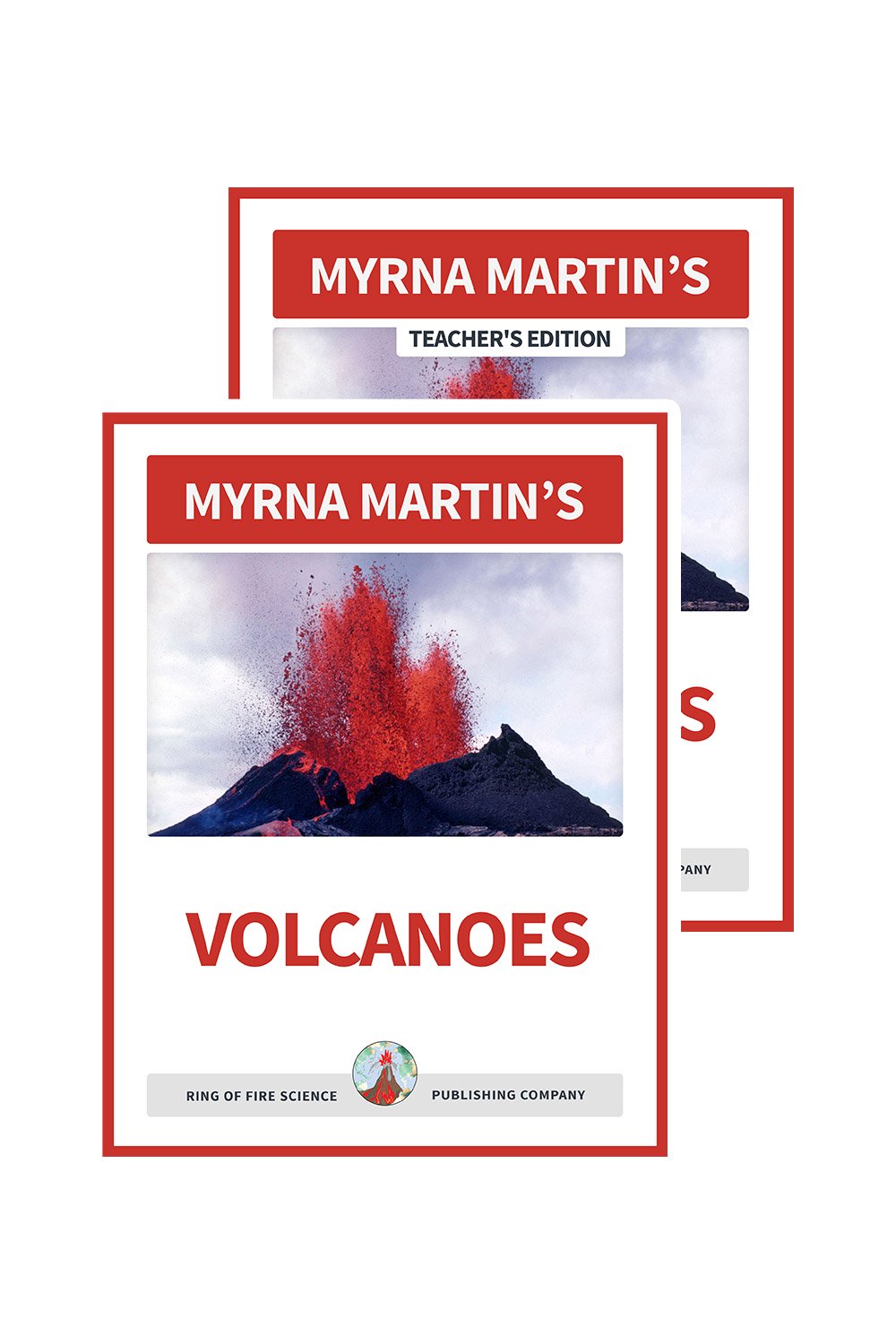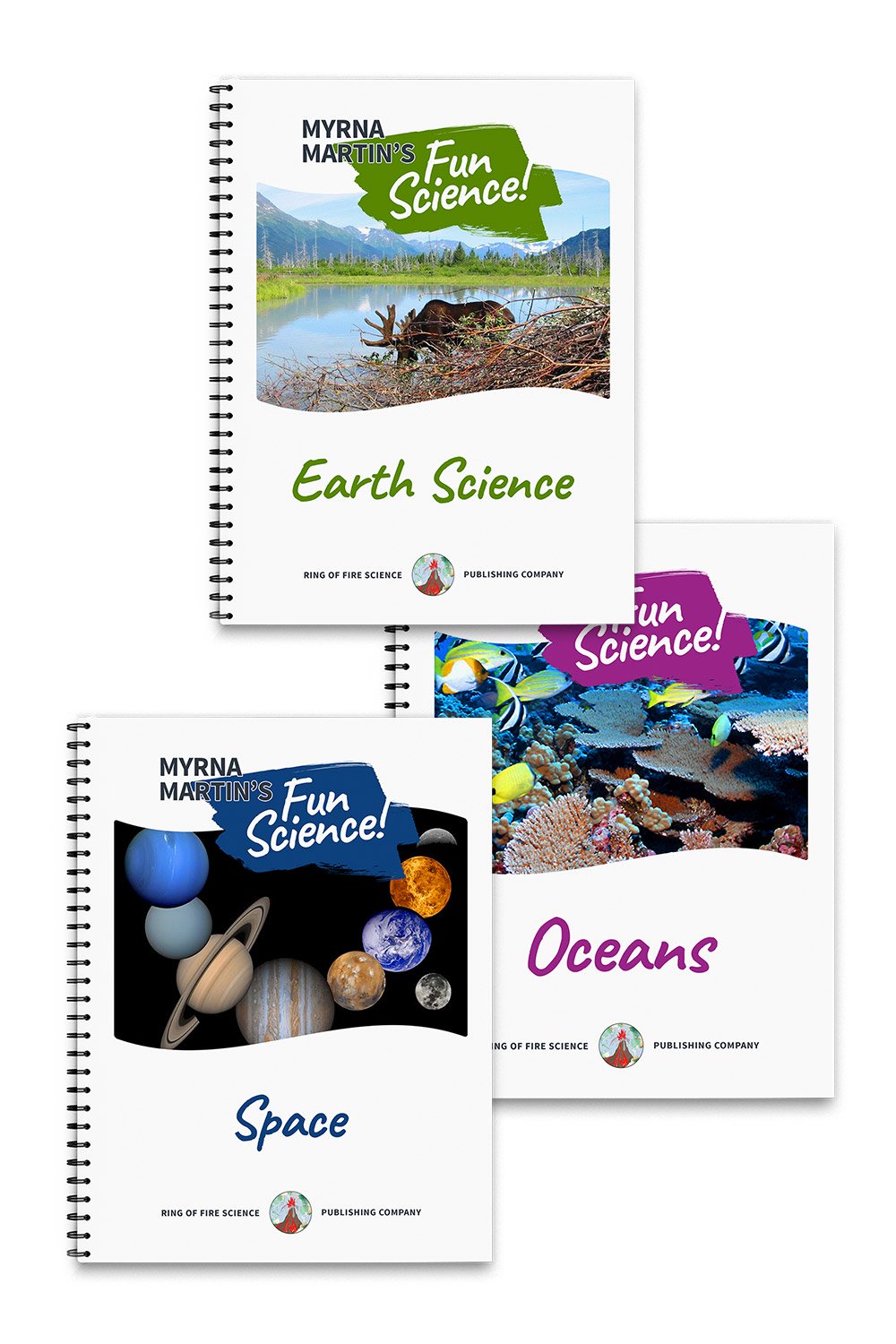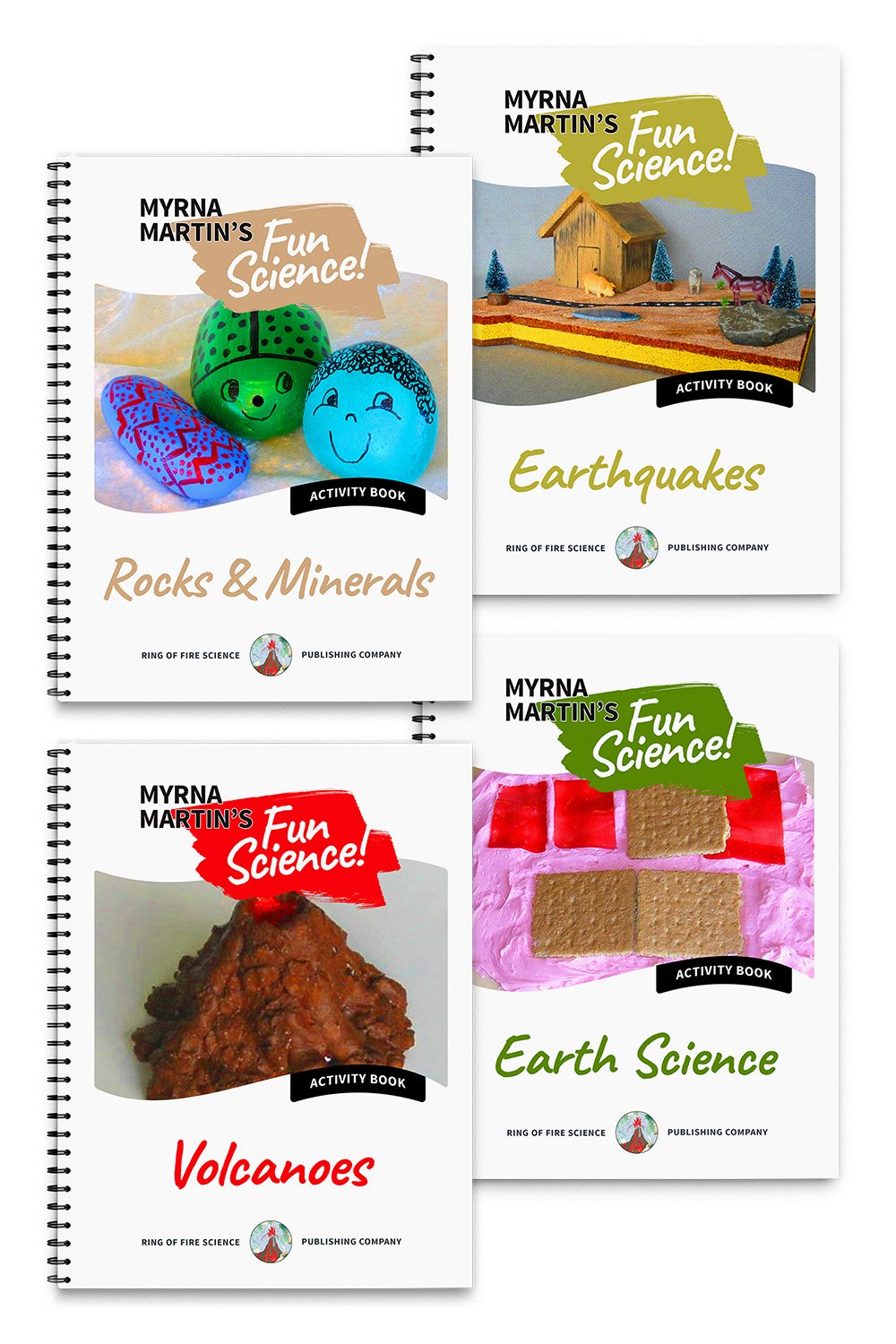Convergent Boundary
Where a convergent boundary forms
A convergent boundary forms when two continental plates collide. Neither plate subducts because the crusts have approximately the same density. Instead, the rocks are smashed together causing them to recrystallize due to the intense heat and pressure from the colliding plates.
Formation of great mountain chains
The rocks as they are compressed begin forming mountains above the Earth's surface. The continental crust increases in depth as the mountains grow above. The thickest crust on our planet lies beneath mountain chains formed when two continental crusts have converged.
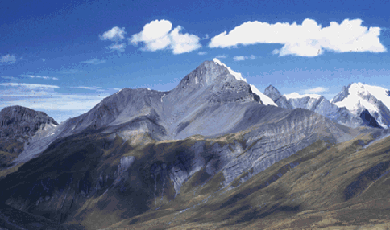 Himalaya Mountains are convergent boundary
Himalaya Mountains are convergent boundaryFormation convergent boundaries
A tectonic plate boundary always forms when two continental plates collide. Neither plate subducts because the crust have approximately the same density. Instead, the rocks are smashed together causing them to recrystallize due to the intense heat and pressure from the colliding plates.
The rocks as they are compressed begin forming mountains above the Earth's surface. The continental crust increases in depth as the mountains grow above. The thickest crust on our planet lies beneath mountain chains formed when two continental crusts have formed a convergent boundary.
Subduction zones
Subduction zones form when an oceanic plate collides with another oceanic plate or continental plate.
The continental crust is lighter and less dense than oceanic crust. Continental crust's density is approximately 2.7 grams per cubic centimeter.
Oceanic crust is thinner and the average density is about 3.3 cubic centimeters. When the two crustal plates converge the oceanic plate always bends and subducts beneath a continental plate.
Subduction zones that occur on the coastline of Alaska are areas of frequent large and small earthquakes. The plates lock and break apart creating these earthquakes which occasionally send tsunami waves traveling across the Pacific Ocean to distant shores.
Ocean crusts collide
When two oceanic plates meet the older and colder plate like the Pacific Ocean Plate is heavier and denser. The leading edge of the plate bends and slips beneath the younger oceanic plate.
Off the island of Guam is the Mariana Trench the deepest area on our planet. In this area the leading edge of the Pacific Plate is forced beneath the smaller and lighter Mariana Plate. The trench that has formed between the two plates includes the Challenger Deep.
Collision boundary land forms
Each of these boundaries are associated with specific land forms. Collision boundaries form great mountain chains on Earth. The European Alps and the Himalaya Range are examples of the land forms visible on Earth where continental crusts came together.
Great volcanic mountains like Mount Rainier form in a subduction zone on the continental side of a subduction zone. The Aleutian Islands in the North Pacific are an example of a volcanic island arc that has formed above a subduction zone.
More Facts About Earth Links
KIDS FUN SCIENCE BOOKSTORE
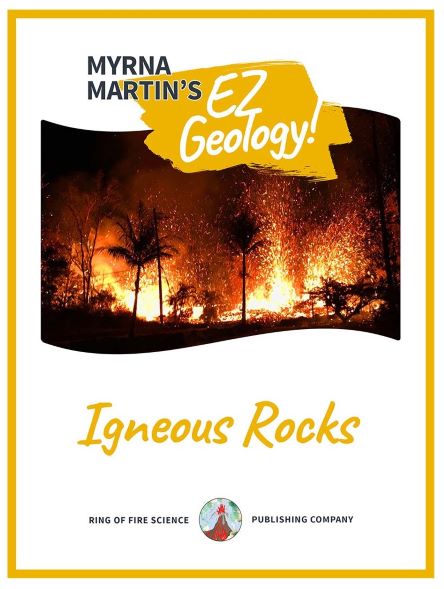 |
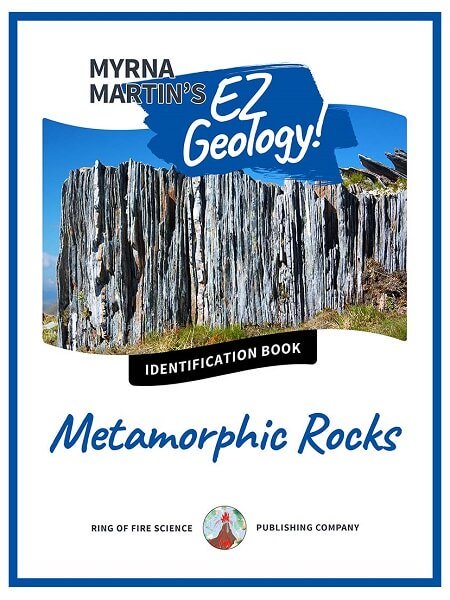 |
Check out Myrna Martin's award winning textbooks, e-books, videos and rock sets. The Kids Fun Science Bookstore covers a wide range of earth science topics. Click here to browse.
Sign up to our monthly newsletter and receive our FREE eBook containing 3 fun activities that don’t appear in any of our other books!
The Kids Fun Science monthly newsletter will include the following: current events, weird and fantastic facts, a question of the month, science trivia and the latest new content from our website.
We respect your privacy and you can be assured that we will never share your email address or use it for any other purpose than to send you our newsletter.



